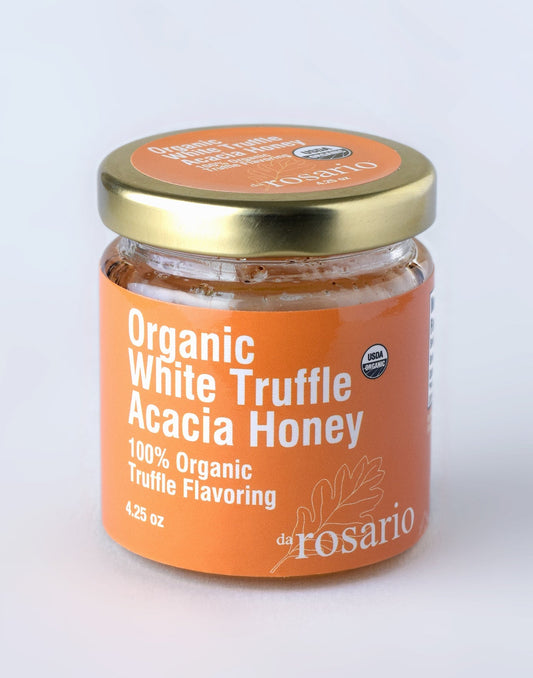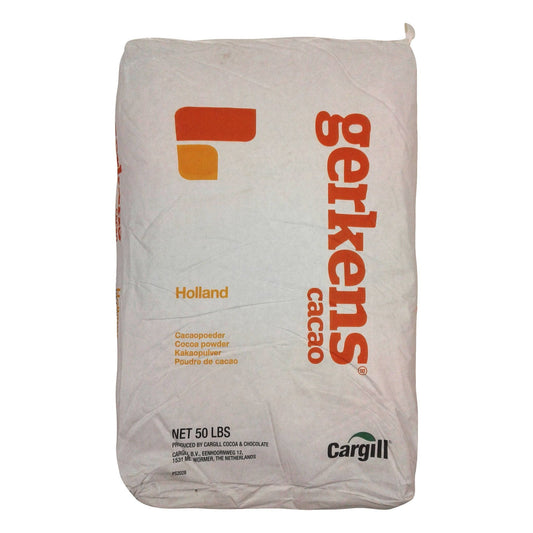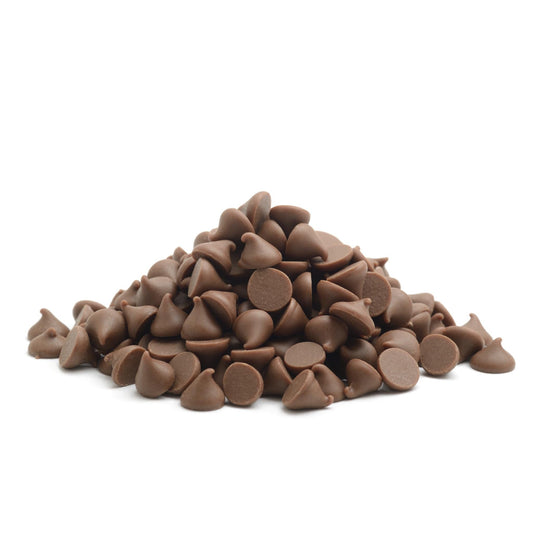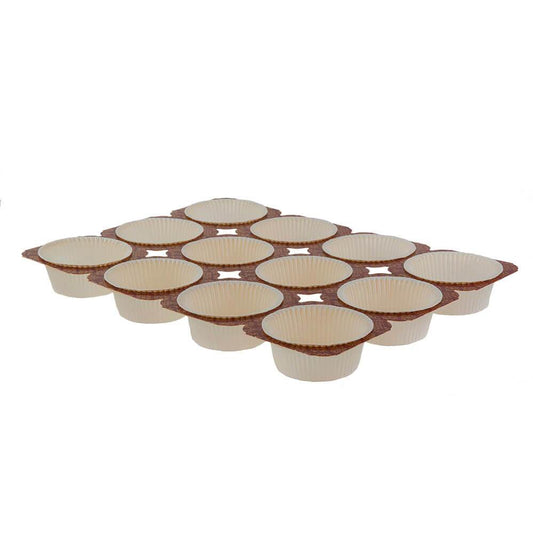Palm oil shortening has become a popular choice among bakers and home cooks for its unique properties and versatility in the kitchen. But what exactly sets this fat apart? In this comprehensive guide, we'll explore everything you need to know about palm oil shortening – from its composition to the best uses in baking and frying. Whether you're a pastry chef seeking the perfect flaky crust or a home cook looking to create crispy fried foods, understanding this shortening's capabilities is key.
What is Palm Oil Shortening?
Palm oil shortening is a semi-solid fat derived from the fruit of the oil palm tree. It is made by fractionating palm oil, a process that separates the liquid and solid components of the oil. The solid fraction, known as palm stearin, is what is used to make palm oil shortening. This process results in a fat that is solid at room temperature, making it an excellent choice for baking and frying applications where a firm texture is desired.
What are the Main Characteristics and Benefits of Palm Oil Shortening?
High Melting Point: Palm oil shortening has a higher melting point compared to other vegetable shortenings, which makes it ideal for use in baked goods and fried foods that require a firm texture.
Neutral Flavor: Unlike some other fats, such as butter or coconut oil, palm oil shortening has a neutral flavor that won't overpower the taste of other ingredients in a recipe.
Creaming and Aeration: In baking, palm oil shortening can be creamed with sugar to create a light and fluffy texture in cakes and cookies.
Flakiness in Pastry: When used in pie crusts and pastries, palm oil shortening helps create layers of flaky, tender texture.
Stability in Frying: The high melting point of palm oil shortening makes it a stable choice for deep frying, as it resists breaking down at high temperatures.
What are the Ideal Uses of Palm Oil Shortening?
Baked Goods: Palm oil shortening is perfect for creating tender, flaky pie crusts, biscuits, and pastries. It can also be used in cakes and cookies to achieve a soft, fluffy texture.
Frying: The stability of palm oil shortening at high temperatures makes it an excellent choice for deep frying foods like donuts, french fries, and fried chicken.
Vegan and Dairy-Free Recipes: For those following a vegan or dairy-free diet, palm oil shortening can be used as a replacement for butter in many recipes.
Frosting and Icing: Palm oil shortening can be used to create smooth, stable frostings and icings that hold their shape well.
Composition and Quality of Palm Oil Shortening
Palm oil shortening is made from 100% palm oil and typically does not contain any additives or preservatives. It is non-hydrogenated, which means it is free from trans fats. The quality of palm oil shortening can vary depending on the sourcing and processing methods used. Look for products that are sustainably sourced and minimally processed to ensure the highest quality.
Palm Oil Shortening vs. Other Fats
Compared to other common baking and frying fats, palm oil shortening has some unique properties:
Butter: While butter provides flavor, it has a lower melting point and can result in less tender baked goods compared to palm oil shortening. Butter also contains water, which can lead to a less flaky crust in pastries.
Coconut Oil: Like palm oil shortening, coconut oil is solid at room temperature. However, it has a distinct coconut flavor that can overpower other ingredients in a recipe.
Vegetable Shortening: Other vegetable shortenings, such as those made from soybean oil, may have a softer texture and lower melting point compared to palm oil shortening. They may also contain additives and be hydrogenated, resulting in the presence of trans fats.
Is Palm Oil Shortening Worth the Investment?
For bakers and home cooks seeking a versatile fat that performs well in a variety of applications, palm oil shortening is definitely worth considering. Its neutral flavor, high melting point, and ability to create tender, flaky textures make it a valuable addition to any kitchen. However, it's important to keep in mind that palm oil production has been associated with environmental concerns, such as deforestation and habitat loss. To mitigate these issues, look for palm oil shortening that is sustainably sourced and certified by organizations such as the Roundtable on Sustainable Palm Oil (RSPO).
When to Use Palm Oil Shortening
When Flakiness is Key: Use palm oil shortening in recipes where a flaky texture is desired, such as pie crusts, biscuits, and puff pastry.
For Stable Frying: Choose palm oil shortening for deep frying applications, as its high melting point ensures stability and prevents the oil from breaking down at high temperatures.
In Vegan Baking: Palm oil shortening is an excellent choice for vegan and dairy-free baking, as it can replace butter in many recipes without compromising texture or performance.
When a Neutral Flavor is Preferred: If you want the other flavors in your recipe to shine through, palm oil shortening's neutral taste makes it a good choice.
When Not to Use Palm Oil Shortening
When Buttery Flavor is Desired: If a recipe relies on the flavor of butter, such as in certain cakes or cookies, palm oil shortening may not provide the same depth of flavor.
In Recipes Requiring Liquid Oils: Palm oil shortening is solid at room temperature, so it may not be suitable for recipes that specifically call for liquid oils.
For Those with Palm Oil Allergies: While rare, some individuals may have an allergy to palm oil. In such cases, alternative fats should be used.
When Sustainability is a Concern: If you are concerned about the environmental impact of palm oil production, you may choose to avoid palm oil shortening or seek out certified sustainable options.
Summary
Palm oil shortening is a versatile fat that offers unique benefits in baking and frying applications. Its high melting point, neutral flavor, and ability to create tender, flaky textures make it a popular choice among bakers and home cooks. When compared to other fats like butter, coconut oil, and vegetable shortening, palm oil shortening stands out for its performance and adaptability. However, it's important to consider the environmental impact of palm oil production and choose sustainably sourced options when possible. By understanding the properties and best uses of palm oil shortening, you can create delicious baked goods and fried foods with ease.









